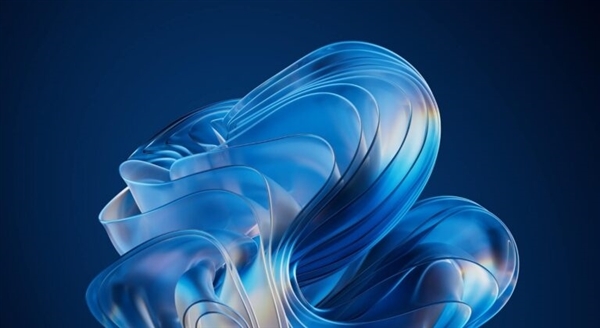告别PC电量焦虑!微软Win11测试新功能:人走CPU自动降频省电
快科技6月5日消息,微软正在为Windows 11开发一项全新的“用户交互感知CPU电源管理”功能,帮助用户延长笔记本或二合一设备的电池续航时间。
这项功能并非依赖人工智能,而是通过检测用户与设备的交互状态来实现节能。
根据微软博客中的信息,当用户暂时离开电脑,且系统未检测到鼠标、键盘或其他用户交互信号时,Windows会判定电脑处于“用户不活动”状态,并自动降低CPU的使用频率。
系统会应用设备制造商在“处理器电源管理”(PPM)中定义的高效电源管理策略,例如降低CPU的时钟频率或电压,让CPU更多时间处于深度睡眠模式,从而减少电量消耗。
当用户重新与设备交互时,系统会迅速将CPU切换回正常或高性能模式,且不会出现任何延迟,确保用户体验不受影响。
此外,微软还考虑到了特殊情况,例如播放视频或游戏时,该功能不会被触发,以避免影响使用体验。
微软还表示用户将能够手动关闭“用户交互感知CPU状态”,目前该功能正在Windows 11 Build 26200.5603版本中进行测试,预计将在Windows 11 25H2版本中推出,并可能推广至24H2版本。
除了这项功能外,微软还在开发其他节能功能,例如一个名为“Windows 11健康脚本”的功能,它能够实时监测电池状态,并建议用户调整设备设置以优化电池续航。

Disclaimer: Investing carries risk. This is not financial advice. The above content should not be regarded as an offer, recommendation, or solicitation on acquiring or disposing of any financial products, any associated discussions, comments, or posts by author or other users should not be considered as such either. It is solely for general information purpose only, which does not consider your own investment objectives, financial situations or needs. TTM assumes no responsibility or warranty for the accuracy and completeness of the information, investors should do their own research and may seek professional advice before investing.
Most Discussed
- 1
- 2
- 3
- 4
- 5
- 6
- 7
- 8
- 9
- 10